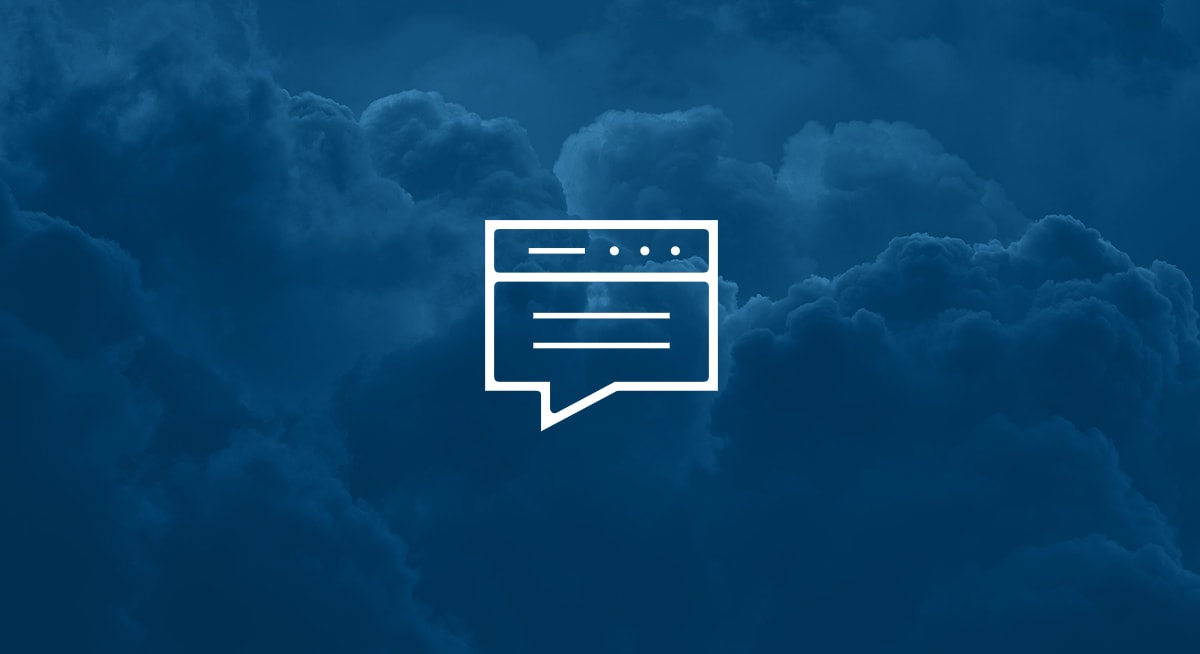You’ll often hear the terms software-as-a-service (SaaS) and cloud computing used interchangeably. While closely related, they are actually two different things.
We’ll now explain the differences between SaaS and cloud computing and what it means for your business.
What Is Cloud Computing?
Here’s how the National Institute of Standards and Technology (NIST) defines cloud computing:
“Cloud computing is a model for enabling ubiquitous, convenient, on-demand network access to a shared pool of configurable computing resources (e.g., networks, servers, storage, applications, and services) that can be rapidly provisioned and released with minimal management effort or service provider interaction. This cloud model is composed of five essential characteristics, three service models, and four deployment models.”
The cloud’s five essential characteristics are:
- Measured service
- On-demand service
- Resource pooling
- Rapid elasticity
- Broad network access
There are four means of deploying computing resources:
- Private cloud
- Public cloud
- Community cloud
- Hybrid cloud
Finally, there are three common service models:
- Infrastructure-as-a-service (IaaS)
- Platform-as-a-service (PaaS)
- Software-as-a-service (SaaS)
Major cloud services include Amazon Web Services (AWS), Google Cloud Platform, and Microsoft Azure.

What Is SaaS?
SaaS is essentially a service model of cloud computing. In other words, SaaS, PaaS, and IaaS are subsets of cloud computing in the same way that a laptop and a desktop are different classes of personal computers. All SaaS is cloud software, but not all cloud software is SaaS.
Research firm Gartner defines software-as-a-service (SaaS) in the following way:
“Software-as-a-service (SaaS) is software that is owned, delivered, and managed remotely by one or more providers. The provider delivers software based on one set of common code and data definitions that is consumed in a one-to-many model by all contracted customers at any time on a pay-for-use basis or as a subscription based on use metrics.”
Widely available since the ’90s, organizations began to migrate to SaaS-based products during the tech boom to meet increasing needs to grow and scale on demand.
Examples of SaaS-based applications include Salesforce, Slack, Google Workspace, Microsoft 365, Hubspot, and Zendesk.
According to IDC estimates, worldwide spending on public cloud services and infrastructure will more than double over five years, from $229 billion in 2019 to nearly $500 billion by 2023. The report identifies SaaS as the largest spending category, responsible for more than half of all public cloud spending over the forecast period.
What Are the Benefits of Cloud Services?
SaaS and cloud computing are both delivered via the internet and offer users similar benefits, including
Increased Security
Cloud computing and SaaS providers are responsible for updating your software and installing the latest patches to ensure it’s secure. This frees up your IT team to focus on other critical tasks.

Predictable Budgets
When it comes to SaaS and cloud computing, subscription is the name of the game. You get a recurring operating expense that is predictable and easier to manage, and you can cancel the subscription when the service no longer meets your needs.
On-Demand Service
Cloud computing and SaaS applications can be accessed from anywhere with an internet connection. This is key for enabling employees to work remotely and to stay connected while traveling for business.
Integrations
Cloud and SaaS services offer more flexibility to integrate with new and existing services that your company uses. Integrations create a more seamless user experience, and allow you to share information and data between systems and departments.
Greater ROI
Often, it costs less to deploy and maintain cloud and SaaS-based applications than on-premises solutions. This lowers the TCO (total cost of ownership) and increases company profit margins.
How to Secure Hybrid Cloud Architecture
Along with the continued evolution of cloud computing comes increasing complexity.
Today, some organizations use a hybrid cloud architecture, where sensitive or critical data are kept on-premises and public clouds are used to provide scalability for operational and other processes.
While a hybrid architecture can make it easier to conduct business, it also poses new security challenges. In the case of hybrid clouds, providers become responsible for operational security and service reliability, and cloud customers assume the responsibility for data security and how they use cloud services.
This shared responsibility often creates confusion and results in a security coverage gap, of which attackers are prone to take advantage. IT professionals need robust cloud and SaaS security strategies to protect their organizations. Enterprises require a centralized security monitoring solution to offer protection across platforms, whether on-premises or in the cloud.
Arctic Wolf® Managed Cloud Monitoring taps into the expertise of our Concierge Security® Team for comprehensive visibility into infrastructure-as-a-service (IaaS) instances in AWS and Azure, and several leading software-as-a-service (SaaS) applications to deliver rapid threat detection and response capabilities.
Contact us to find out how we can help strengthen your company’s security posture.




